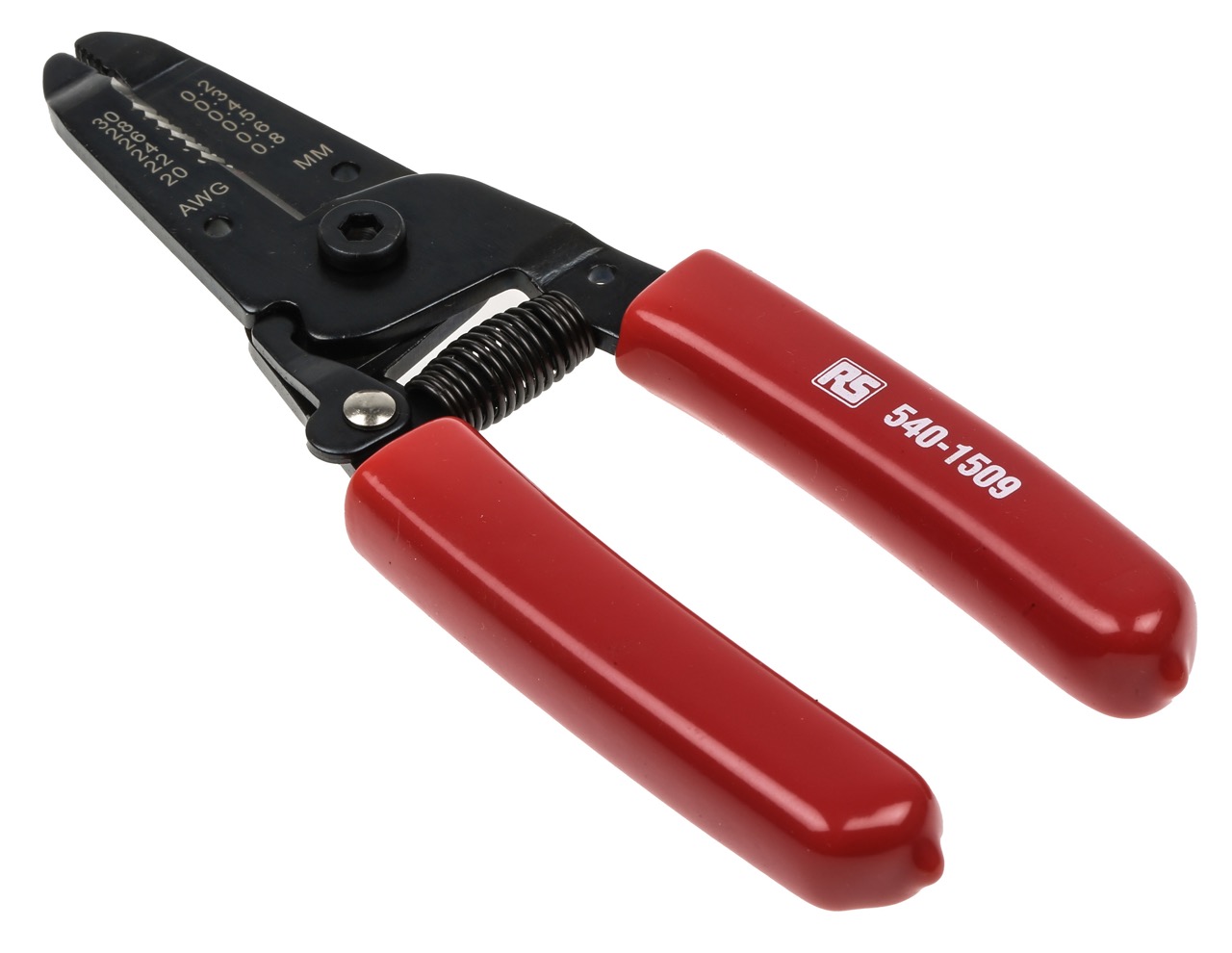

Articles
What Are The Best Hand Tools For Ac
Modified: January 18, 2024
Discover the top hand tools for AC articles and enhance your HVAC repair skills. Find the best tools for your needs and improve your efficiency.
(Many of the links in this article redirect to a specific reviewed product. Your purchase of these products through affiliate links helps to generate commission for Storables.com, at no extra cost. Learn more)
Introduction
When it comes to DIY projects or professional work, having the right hand tools is essential. Whether you are a carpenter, plumber, electrician, or simply love tinkering around the house, having a well-stocked toolbox can make all the difference. The right hand tools not only aid in accomplishing tasks efficiently but also ensure safety and precision.
In this article, we will explore the best hand tools that every handyman or DIY enthusiast should have. From screwdrivers to wrenches, hammers to tape measures, we will discuss the essential tools that can help you tackle a wide range of projects. So, let’s dive in and discover the must-have hand tools for any tool collection.
Key Takeaways:
- Build a comprehensive toolbox with essential hand tools like screwdrivers, pliers, wrenches, hammers, and more to tackle a wide range of DIY projects efficiently and effectively.
- Invest in high-quality hand tools made with durable materials to ensure longevity and performance, enabling you to achieve professional-quality results in your projects.
Read more: What Is The Best Power Tools And Hand Tools?
Screwdriver
A screwdriver is a staple tool in any toolbox, and it comes in various sizes and types. It is primarily used for driving or removing screws. The two main types of screwdrivers are flathead and Phillips. Flathead screwdrivers have a single-blade tip that fits into slots on screws, while Phillips screwdrivers have a cross-shaped tip that fits into corresponding screw heads.
A good screwdriver should have a comfortable handle that allows for a firm grip and precise control. Look for screwdrivers with magnetic tips, as they can hold screws securely, making it easier to position and tighten them. Additionally, having a set of screwdrivers with different sizes and types will ensure you have the right tool for any screw you encounter.
Whether you are assembling furniture, installing light fixtures, or working on electronics, a screwdriver is an invaluable tool that you will reach for again and again.
Pliers
Pliers are versatile hand tools that are essential for gripping, bending, and cutting. They feature two handles connected at a pivot point, with jaws at the end. Pliers come in various types, each designed for specific tasks.
One of the most common types of pliers is the combination pliers, which have flat jaws for gripping and cutting. They are ideal for tasks that require gripping and manipulating objects, such as pulling nails, bending wires, or holding small parts.
Another commonly used type is the needle-nose pliers, which have long, slender jaws that taper to a point. These pliers are perfect for working in tight spaces, as they allow for precise gripping and bending of wires and other small objects.
For heavier-duty tasks, such as plumbing or automotive work, slip-joint pliers are a great option. These have an adjustable pivot point, allowing you to adjust the jaw width to accommodate different sizes of nuts or pipes.
When choosing pliers, look for ones with ergonomic handles that provide a comfortable grip. Additionally, consider the material of the pliers, as well-made pliers made of high-quality steel will last longer and provide better performance.
Overall, pliers are indispensable tools for many projects, making them a must-have in any toolbox.
Wrench
A wrench is a must-have tool for any DIY enthusiast or professional. It is used for tightening or loosening nuts, bolts, and other fasteners. Wrenches come in different types and sizes, each designed for specific applications.
One of the most commonly used wrenches is the adjustable wrench. As the name suggests, it allows for adjustment to fit different sizes of nuts and bolts. Adjustable wrenches have a movable jaw that can be moved to match the width of the fastener. They are versatile and a great tool to have in your toolbox, especially if you don’t have wrenches in various sizes.
Another popular type of wrench is the combination wrench. It has a closed-end on one side, which provides a secure grip, and an open-end on the other side, which allows for quick engagement on fasteners. Combination wrenches come in a set, usually covering a range of sizes, and are commonly used in automotive repairs and plumbing tasks.
For plumbing tasks, a pipe wrench is essential. It has adjustable jaws that can grip onto pipes securely, providing leverage for tightening or loosening threaded fittings. Pipe wrenches come in different sizes to accommodate various pipe diameters.
When choosing wrenches, consider the quality of the materials. Look for ones made of durable steel that can withstand heavy use without deforming or slipping. Also, ergonomic handles are important for a comfortable grip and ease of use.
Having a set of wrenches in your toolbox will ensure you have the right tool for any job that requires turning or tightening fasteners.
Hammer
A hammer is a classic and essential hand tool that has been used for centuries. It is primarily used for driving nails, but it has a wide range of applications beyond that. Hammers come in different sizes and weights, each suited for specific tasks.
The claw hammer is the most common type of hammer and features a flat face for driving nails and a curved claw on the opposite side for removing nails. It is a versatile tool that can be found in almost every toolbox. The weight of the hammer should be chosen based on personal preference and the nature of the task. Lighter hammers are ideal for precision work, while heavier hammers provide more driving power.
In addition to the claw hammer, there are specialized hammers like the ball-peen hammer and the rubber mallet. The ball-peen hammer has a rounded end opposite the flat face, making it perfect for shaping metal or striking punches. The rubber mallet, on the other hand, has a soft rubber head that minimizes the likelihood of damaging the struck surface, making it ideal for delicate tasks or when more force is needed.
When choosing a hammer, make sure it has a comfortable grip to reduce hand fatigue during extended use. Additionally, consider the material of the hammer. Steel heads are durable and provide excellent striking power, while fiberglass or wooden handles offer a better shock absorption.
A hammer is an essential tool for any DIY project, construction, or woodworking task. From driving nails to shaping metal, a hammer is a must-have in every toolbox.
Read more: What Is The Best Hand Tools To Buy
Tape Measure
A tape measure is a crucial tool for any project that requires precise measurements. Whether you are measuring a room for furniture placement or determining the dimensions for a woodworking project, a tape measure is indispensable.
Tape measures come in various lengths, with the most common being 25 feet (7.5 meters). They typically have measurements in both metric and imperial units, allowing you to work with different systems of measurement.
One of the key features to consider in a tape measure is the blade. Look for a tape measure with a durable and rigid blade that extends and retracts smoothly. The standout length, which is the distance the blade can extend without support, is worth considering as well. A longer standout length allows for easier measuring in larger spaces.
Other features to look for include a locking mechanism that keeps the tape measure extended until you release it, as well as clear and easy-to-read markings. Some tape measures also come with additional markings, such as stud indicators or fractions, which can be useful for specific tasks.
A tape measure should be compact, lightweight, and easy to handle. It is worth investing in a quality tape measure that will provide accurate measurements and withstand regular use.
Whether you are working on home improvement projects, construction, or even sewing, having a reliable and accurate tape measure is essential for achieving precise results.
Utility Knife
A utility knife, also known as a box cutter or a retractable knife, is a versatile cutting tool that is a must-have for any toolbox. It is used for a wide range of tasks, such as opening packages, cutting through materials, and trimming or scoring materials during construction or DIY projects.
One of the key features of a utility knife is the retractable blade, which can be easily extended or retracted as needed. This allows for safe storage and prevents accidental injuries when not in use. Additionally, a utility knife typically has a locking mechanism to keep the blade in place during operation.
When choosing a utility knife, consider the handle design and grip. Look for a knife with a comfortable handle that provides a secure grip, even when using it for extended periods. Some utility knives also have cushioned handles or ergonomic designs that reduce hand fatigue.
Another important factor is the blade quality. Utility knives usually come with replaceable blades, and it’s important to choose ones that are sharp and durable. Some utility knives have different blade styles, such as straight blades or hook blades, which are useful for specific cutting tasks.
Utility knives are handy tools that can be used in various industries and applications. Whether you are working on construction projects, arts and crafts, or everyday household tasks, a utility knife will prove to be indispensable.
Level
A level is a crucial tool for ensuring that objects, surfaces, or structures are perfectly horizontal or vertical. It consists of a long, straight body with a bubble-filled vial and a bubble positioned in the center or at each end. Levels come in various lengths, typically ranging from 12 inches to 48 inches.
When using a level, the goal is to align the bubble in the vial to the center, indicating a level position. A level is useful in a wide range of applications, such as hanging picture frames, installing shelves, laying tiles, or building structures.
One common type of level is the spirit level, also known as a bubble level. It is made of a translucent tube filled with liquid and an air bubble. The bubble moves towards the highest point when the level is not in a level position. There are also digital levels available that provide precise measurements and eliminate the need to visually compare the bubble position.
The accuracy and durability of a level are important factors to consider when choosing one for your toolbox. Look for a level with a solid construction, a sturdy frame, and clear markings for easy use. Additionally, some levels come with additional features like magnetic bases for hands-free use or built-in laser levels for even greater precision.
Keeping your projects straight and level is essential for achieving professional-looking results, and a level is the ideal tool to help you achieve that accuracy.
Chisel
A chisel is a handheld cutting tool with a sharp blade at the end, typically used for carving, shaping, and cutting hard materials like wood, stone, or metal. Chisels have been used for centuries and are still widely used today in various trades and crafts, including woodworking, sculpting, and metalworking.
Chisels come in different sizes and shapes, each suited for specific tasks. The two main types of chisels are beveled-edge chisels and firmer chisels. Beveled-edge chisels are commonly used for general woodworking tasks, such as shaping wood or cutting mortises. Firmer chisels have a broader, rectangular blade and are often used for more heavy-duty work, like removing excess material or cutting joints.
When choosing a chisel, it’s important to consider the quality of the steel used for the blade. Look for chisels made from high-carbon steel, as they tend to hold their edge better and are more durable. A well-made chisel should have a sharp edge, a firm handle, and good balance to ensure precise control during use.
Using a chisel requires proper technique and safety precautions. Always keep your hands and fingers away from the path of the blade and use a mallet or hammer to strike the chisel for cutting or shaping tasks. Regular sharpening and maintenance are also necessary to keep the chisel in optimal condition.
Whether you are woodworking, sculpting, or working with other hard materials, a chisel is an indispensable tool that allows for precise cutting and shaping, making it an essential addition to any toolbox.
When looking for the best hand tools for AC work, prioritize quality and durability. Look for tools with comfortable grips and precise measurements to ensure accurate and efficient work.
Read more: What Is A Hand Tool
Hand Saw
A hand saw is a versatile cutting tool that is used to make straight or curved cuts in various materials such as wood, plastic, or metal. It consists of a straight blade with sharp teeth that are specifically designed for each type of material.
Hand saws come in different types, each designed for specific tasks. The most common type of hand saw is the crosscut saw, which has teeth that are angled to cut across the grain of wood. This type of saw is ideal for quickly cutting through wood or other soft materials.
For cutting along the grain of the wood, a rip saw is used. Rip saws have larger, more aggressive teeth that are designed to remove material quickly and efficiently.
In addition to these general-purpose saws, there are also specialized hand saws available. For example, a coping saw is used for making intricate curved cuts or detailed work, while a back saw is designed for precise, accurate cuts, with a rigid back for added stability.
When choosing a hand saw, consider the size and number of teeth per inch, or TPI. Generally, saws with higher TPI provide smoother cuts, while those with lower TPI are more suitable for rough cuts or fast material removal.
It is important to use the correct hand saw for the task at hand and to ensure that the blade is sharp and in good condition. Regular maintenance, such as filing the teeth and keeping the blade clean, will contribute to the longevity and performance of your hand saw.
Whether you are working on woodworking projects, cutting through plastic pipes, or making modifications to metal materials, a hand saw is a versatile and essential tool in any toolbox.
Adjustable Crescent Wrench
An adjustable crescent wrench, also known as an adjustable spanner or adjustable wrench, is a versatile tool that is widely used in various industries and applications. It is primarily used for turning nuts, bolts, and other fasteners of different sizes.
The defining feature of an adjustable crescent wrench is its movable jaw, which can be adjusted to fit different sizes of fasteners. This makes it a versatile tool that eliminates the need to have multiple wrenches in various sizes. With a simple adjustment, the crescent wrench can adapt to different sizes of nuts or bolts, providing a secure grip for fastening or loosening them.
Crescent wrenches typically have a smooth, parallel jaw that applies even pressure to the fastener, reducing the risk of slipping or rounding off the edges. This ensures a safer grip and minimizes damage to the fasteners.
When choosing an adjustable crescent wrench, look for one with a sturdy construction and smooth adjustment mechanism. The wrench should have clearly marked measurements or markings to easily identify the jaw size or the amount of adjustment needed.
An adjustable crescent wrench is a versatile tool that is commonly used in automotive repairs, plumbing, construction, or any situation where the tightening or loosening of fasteners of different sizes is required. Its adaptability and ease of use make it a valuable addition to any toolbox.
Wire Strippers
Wire strippers are essential tools for anyone working with electrical or wiring projects. They are designed to safely and efficiently remove the insulation from electric wires, exposing the conductive metal beneath.
Wire strippers have a series of notches or cutting edges along the jaws, which are specifically sized to fit various wire gauges. By selecting the appropriate notch, you can strip away the insulation without damaging the inner wires.
The process of using wire strippers involves placing the wire into the correct notch, squeezing the handles, and then pulling the stripper towards the end of the wire to cut the insulation. This allows you to expose the required length of wire for connections or splicing.
Wire strippers often come with additional features, such as built-in wire cutters for easily trimming the wires, and insulation crimpers for creating secure connections.
When choosing wire strippers, consider the range of wire gauges it can handle. Look for strippers that can accommodate a wide range of wire sizes to ensure versatility for different projects. Additionally, look for ergonomic handles that provide a comfortable grip and reduce hand fatigue during extended use.
Wire strippers are indispensible tools for electricians, DIY enthusiasts, or anyone working on electrical installations or repairs. They ensure clean and precise wire stripping, making electrical work safer and more efficient.
Pipe Wrench
A pipe wrench is a heavy-duty hand tool that is specifically designed for gripping and turning pipes and fittings. It is commonly used in plumbing, construction, and automotive applications.
The key feature of a pipe wrench is its adjustable jaw that can securely grip onto pipes of various sizes. The jaw has sharp, serrated teeth that provide a strong grip and prevent slippage. By adjusting the position of the jaw using the thumbwheel or the knurled knob, the pipe wrench can accommodate different pipe diameters.
Unlike other wrenches, the pipe wrench provides an excellent grip due to its angled design. The wrench can be used to turn pipes or fittings in both directions, making it versatile for both tightening and loosening tasks.
When selecting a pipe wrench, pay attention to the overall size and weight of the tool. Larger pipe wrenches provide more leverage and are suitable for bigger pipes, while smaller ones are more maneuverable in tight spaces.
It’s important to note that a pipe wrench should not be used on decorative or chrome-plated surfaces, as the serrated teeth can damage the finish. Additionally, avoid using a pipe wrench on soft materials like plastic, as it may cause deformation or crushing.
Whether you are working on plumbing repairs, installing pipes, or dealing with automotive fittings, a pipe wrench is an essential tool that ensures a strong and secure grip, allowing for efficient and effective handling of pipes and fittings.
Allen Wrench Set
An Allen wrench, also known as a hex key or Allen key, is a small but versatile tool that is used to tighten or loosen hexagonal socket screws and bolts. Allen wrenches are commonly found in various products, including furniture, bicycles, machinery, and electronics.
An Allen wrench set typically includes a range of wrenches with different sizes, allowing you to handle a variety of screws and bolts. The wrenches are L-shaped, with a hexagonal end that fits into the corresponding screw or bolt head.
One of the advantages of using Allen wrenches is that they provide a secure and snug fit, preventing slippage and minimizing the risk of damaging the fastener or the surrounding surface. The L-shaped design also allows for more torque to be applied, making it easier to tighten or loosen stubborn screws.
When choosing an Allen wrench set, look for ones made of high-quality steel for durability and strength. It’s also helpful to have a set with clear markings indicating the size of each wrench for easy identification.
The compact and lightweight nature of Allen wrench sets makes them convenient to carry and use in various situations. They are especially useful for assembling furniture, adjusting bicycle components, or performing small repairs and maintenance tasks.
Having an Allen wrench set in your toolbox ensures that you have the right tool for dealing with hexagonal socket screws or bolts, making it a valuable addition to any toolkit.
Pry Bar
A pry bar, also known as a crowbar or pry lever, is a versatile hand tool that is primarily used for prying, lifting, and removing objects. It is a valuable tool in construction, demolition, and renovation projects, as well as various DIY tasks.
Pry bars typically have a long, sturdy metal shaft with a flattened end that is used to apply leverage and force. The flattened end may be curved or straight, depending on the application.
The primary function of a pry bar is to pry or lift objects by creating a gap between them and their supporting surfaces. This allows you to remove nails, lift heavy objects, or loosen stubborn materials.
Pry bars come in various sizes, ranging from a few inches to several feet in length. The length you choose depends on the size of the objects you will be working with and the leverage you need.
When selecting a pry bar, it is important to choose one made of high-quality steel that can withstand heavy use without bending or breaking. Look for a pry bar with a comfortable, non-slip handle that provides a secure grip to minimize hand fatigue.
Pry bars are versatile tools that can be used in a wide range of applications. They are particularly useful for tasks such as removing floorboards, dismantling pallets, prying open doors or windows, and many other situations that require brute force and leverage.
Whether you are a professional tradesperson or a DIY enthusiast, a pry bar is a valuable tool that will help you tackle tough projects and make your work easier and more efficient.
Clamps
Clamps are versatile tools that are essential for securing and holding objects in place during various projects. They are widely used in woodworking, metalworking, welding, and other applications where a secure and stable hold is required.
Clamps come in a variety of types and sizes, each designed for specific tasks. Here are some common types:
- C-clamps: C-clamps have a C-shaped frame with a threaded screw that tightens to hold objects in place. They are versatile and can be used for a wide range of applications, such as holding pieces of wood together during gluing or providing support during metalworking tasks.
- Bar clamps: Bar clamps consist of a long bar or tube with adjustable jaws that can be tightened by a screw mechanism. They are ideal for large-scale projects that require even pressure distribution, such as clamping together large panels or gluing up wide boards.
- Spring clamps: Spring clamps are lightweight and easy to use. They have two jaws connected by a spring, which applies pressure to hold objects together. Spring clamps are great for holding small pieces or temporary assemblies during projects.
- Pipe clamps: Pipe clamps utilize lengths of threaded pipe and adjustable sliding jaws to provide a secure hold. They are commonly used in woodworking for gluing panels or laminating boards.
When selecting clamps, consider the size and capacity of the clamp, as well as the type of materials you will be working with. Look for clamps made of durable materials, such as steel or high-quality plastic, to ensure their longevity and reliability.
Clamps are indispensable tools that provide stability and precision during a wide range of projects. Whether you are woodworking, welding, or assembling parts, having a selection of clamps in your toolbox is essential for achieving professional results.
Conclusion
In conclusion, having a well-stocked toolbox with the right hand tools is essential for any DIY enthusiast, professional tradesperson, or anyone who enjoys working with their hands. The hand tools discussed in this article, including screwdrivers, pliers, wrenches, hammers, tape measures, utility knives, levels, chisels, hand saws, adjustable crescent wrenches, wire strippers, pipe wrenches, Allen wrench sets, pry bars, and clamps, are foundational tools that enable you to successfully complete a wide range of projects.
Each of these hand tools serves a specific purpose and offers unique benefits. Screwdrivers are necessary for driving or removing screws, while pliers provide gripping and cutting capabilities. Wrenches are essential for tightening or loosening nuts and bolts, and hammers are indispensable for driving nails and shaping materials. Tape measures ensure accurate measurements, while utility knives assist in cutting various materials. Levels help achieve straight and even surfaces, and chisels are necessary for cutting and shaping hard materials.
Hand saws are versatile cutting tools, and adjustable crescent wrenches allow for securing different-sized fasteners. Wire strippers assist in electrical work, and pipe wrenches provide a secure grip on pipes and fittings. Allen wrench sets are ideal for working with hexagonal socket screws, and pry bars offer leverage and lifting capabilities. Lastly, clamps provide stability and hold objects in place during projects.
By having these essential hand tools in your toolbox, you will be well-equipped to handle a wide range of tasks and projects efficiently and effectively. Remember to choose high-quality tools made with durable materials to ensure their longevity and performance.
So, whether you are a seasoned professional or a casual DIYer, investing in a comprehensive set of hand tools will enhance your capabilities and deliver professional-quality results. With the right tools at your disposal, you’ll be ready to tackle any project that comes your way.
Frequently Asked Questions about What Are The Best Hand Tools For Ac
Was this page helpful?
At Storables.com, we guarantee accurate and reliable information. Our content, validated by Expert Board Contributors, is crafted following stringent Editorial Policies. We're committed to providing you with well-researched, expert-backed insights for all your informational needs.
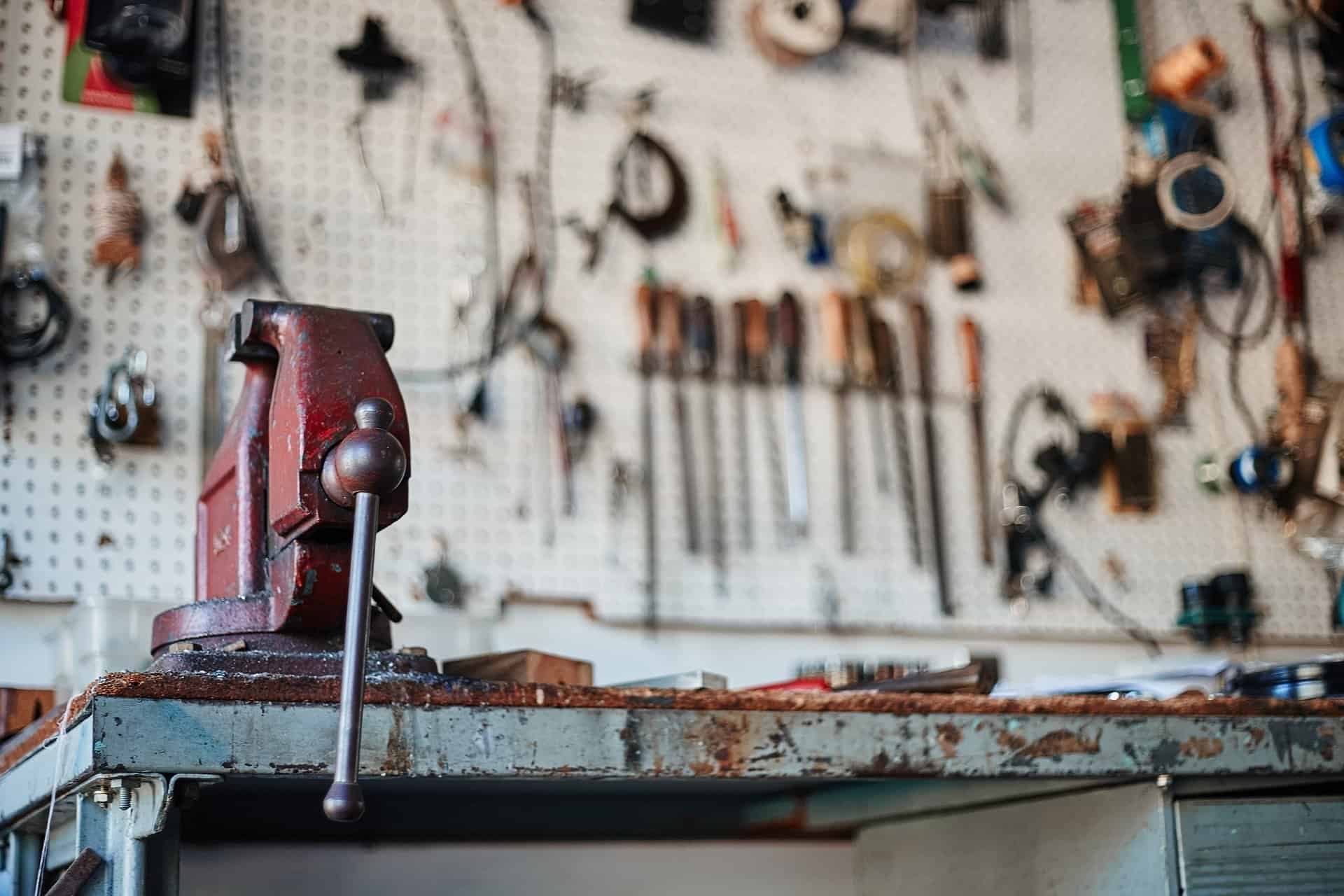
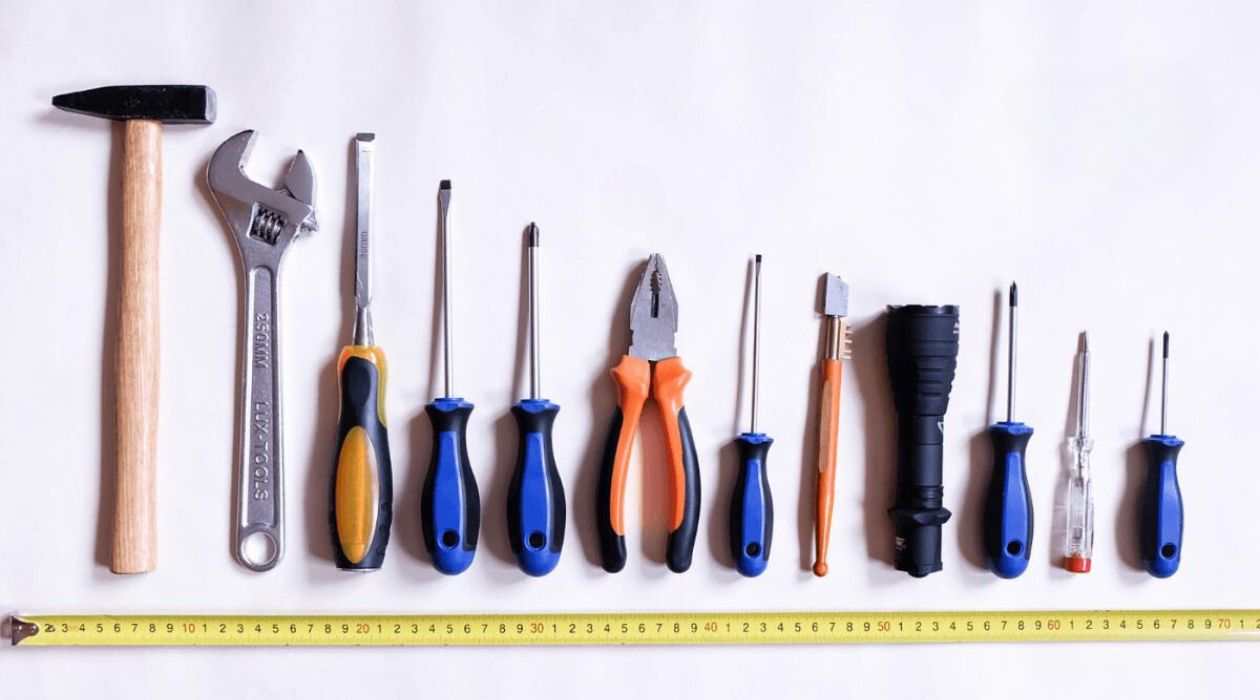
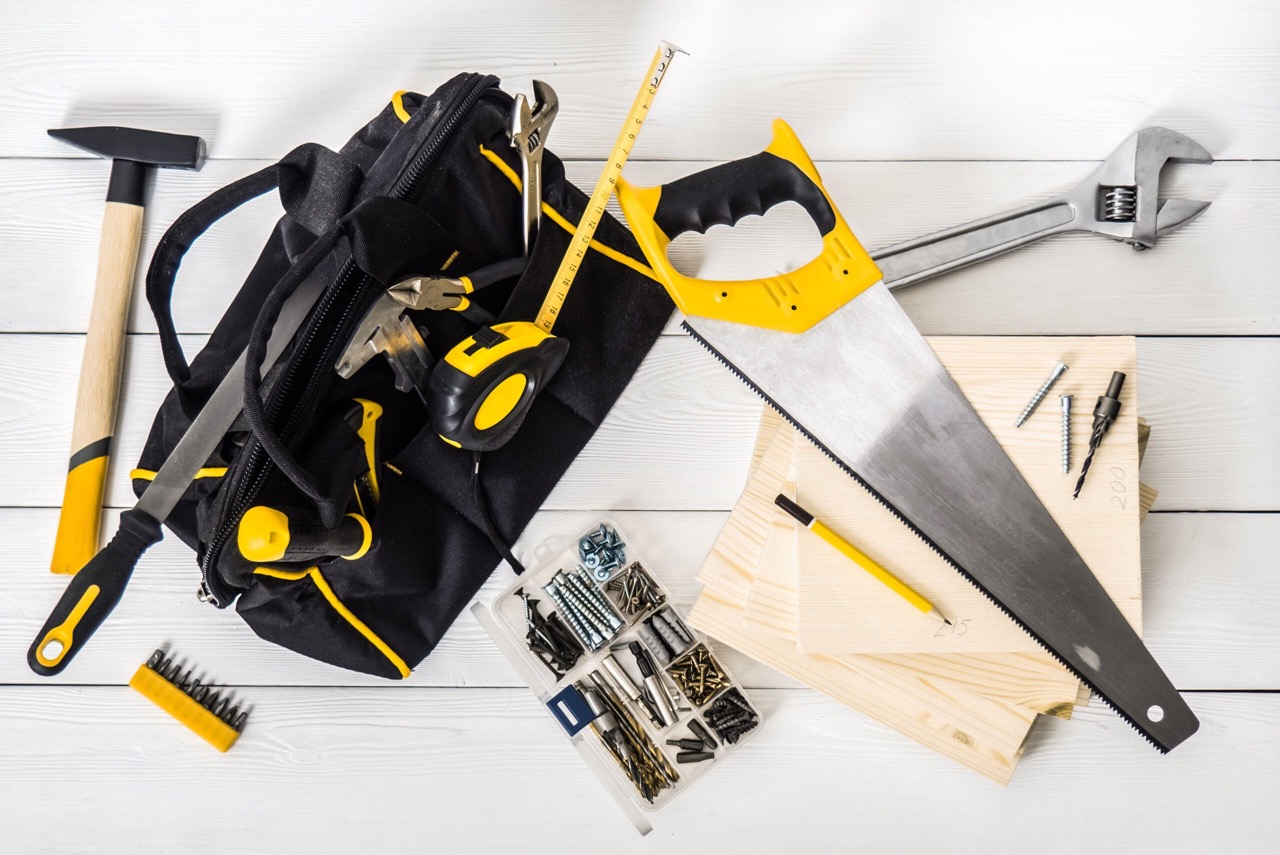
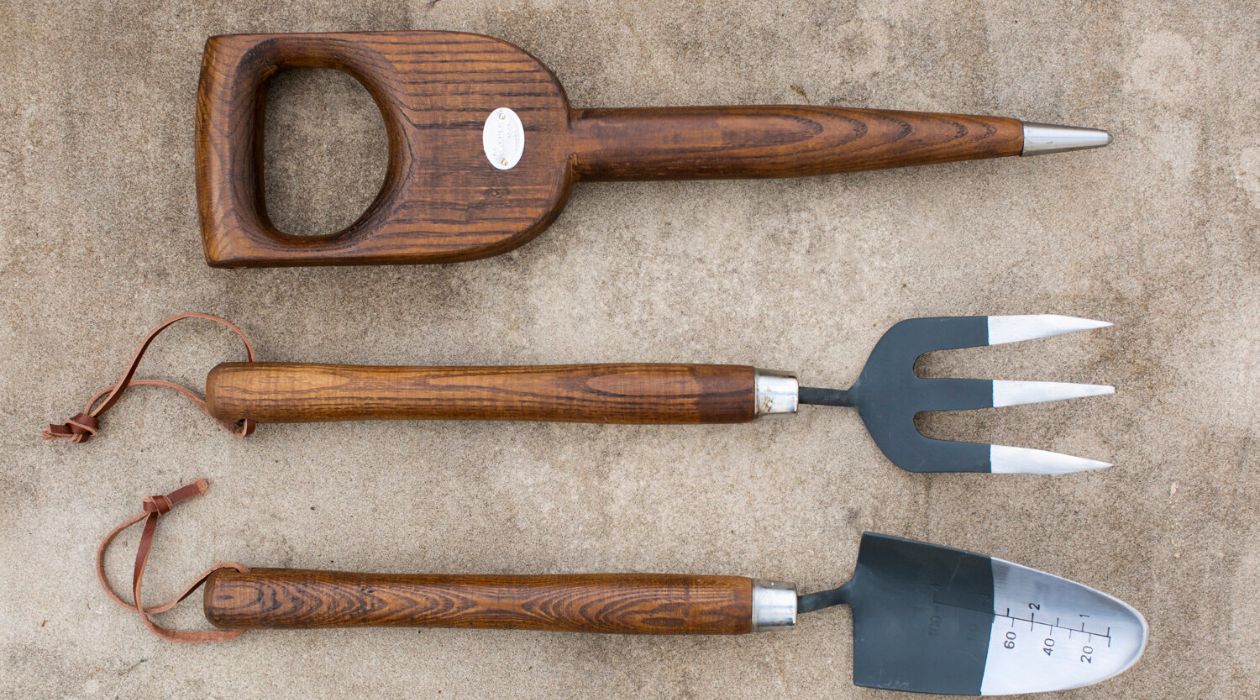

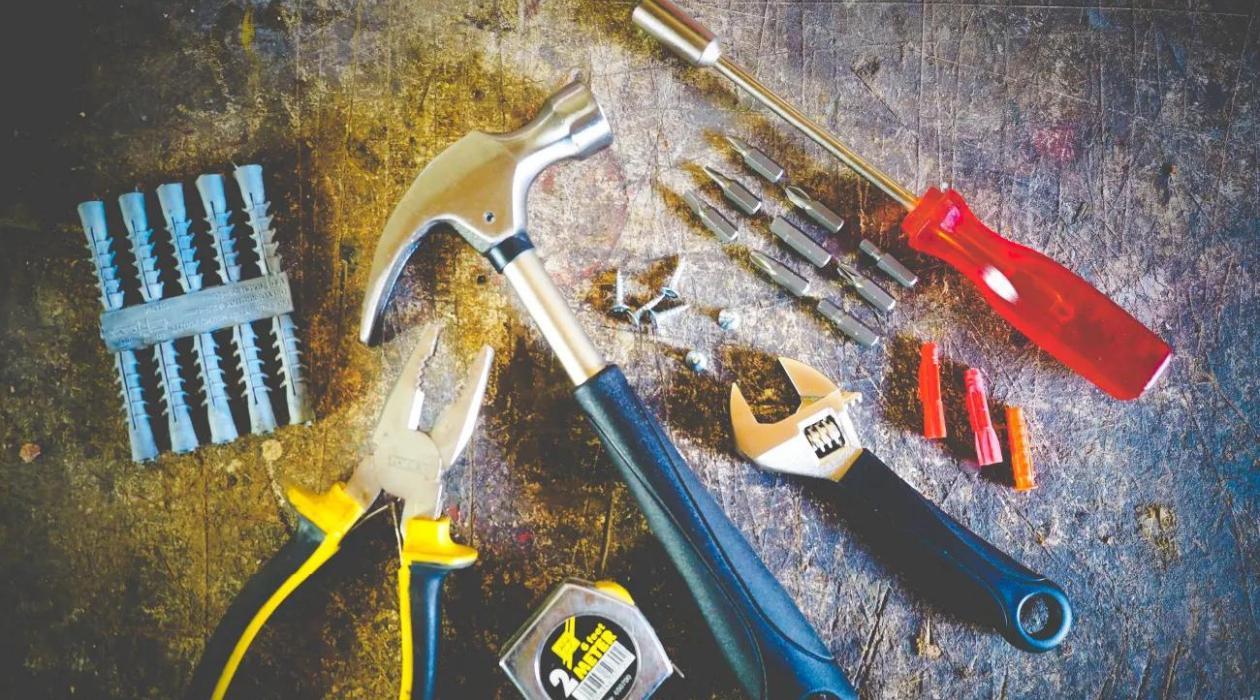
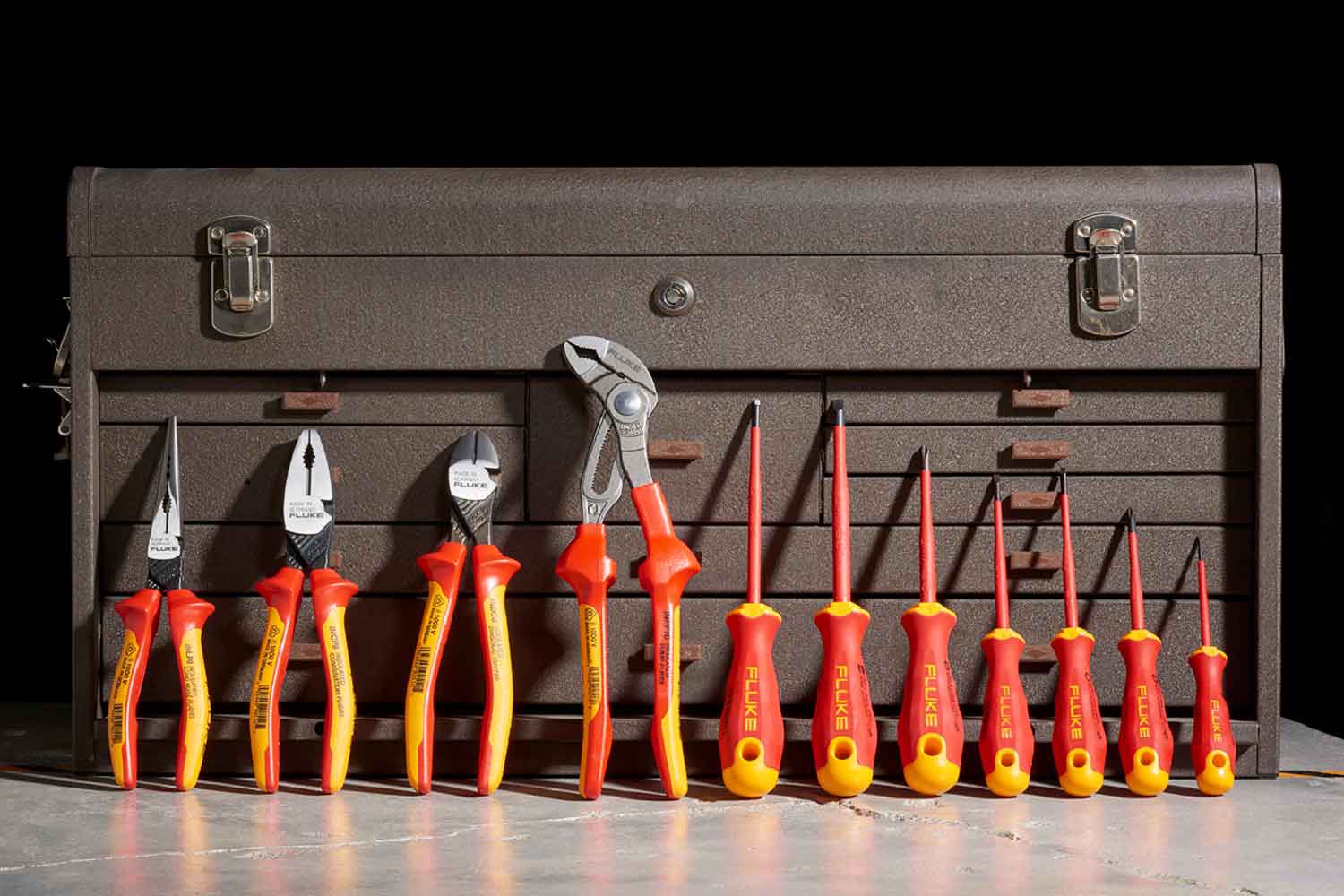
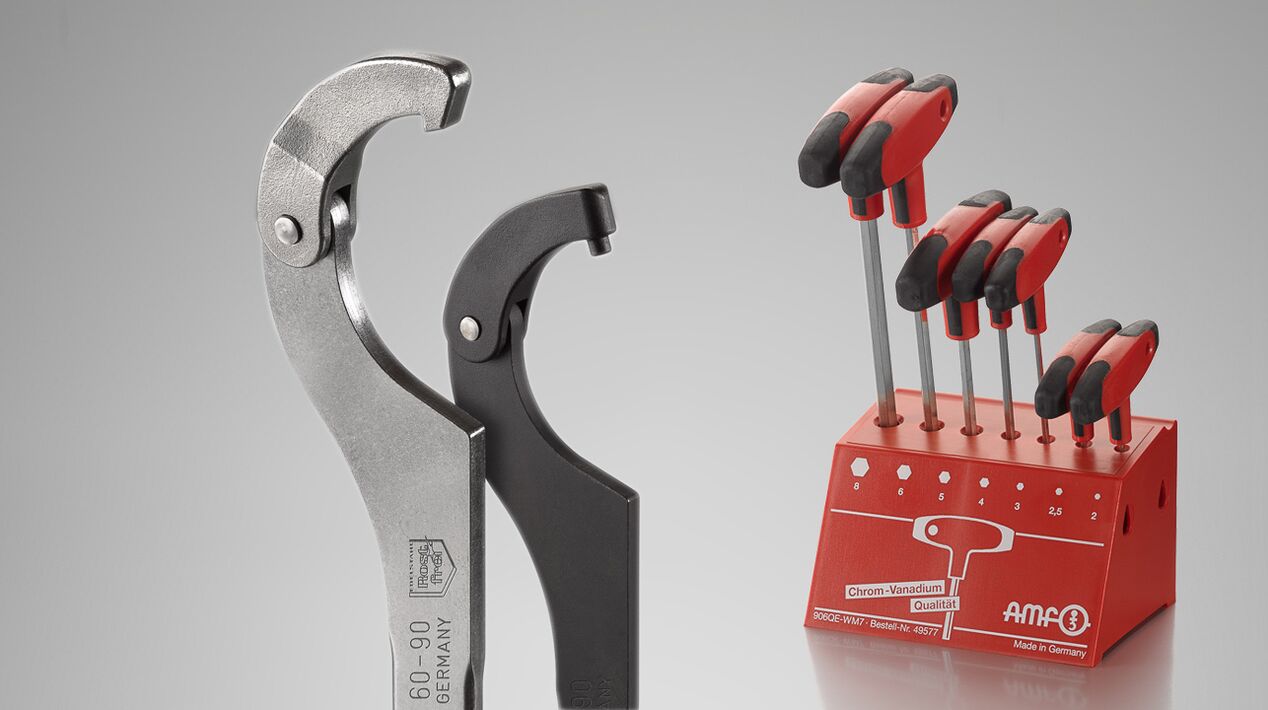
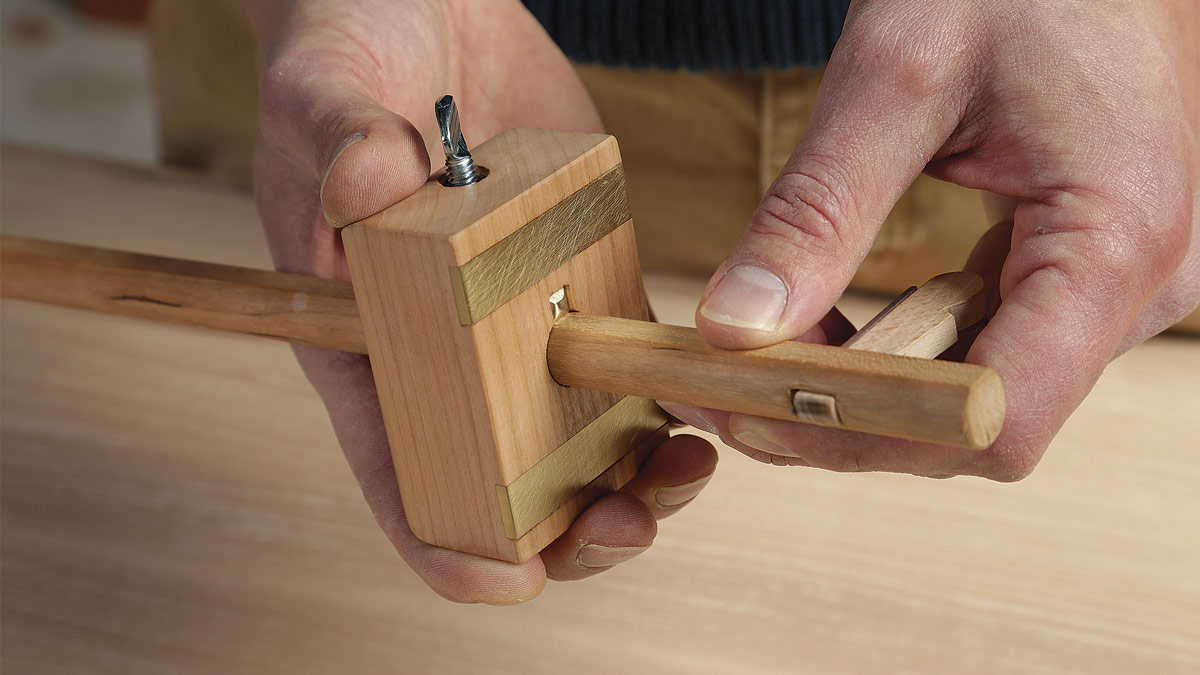
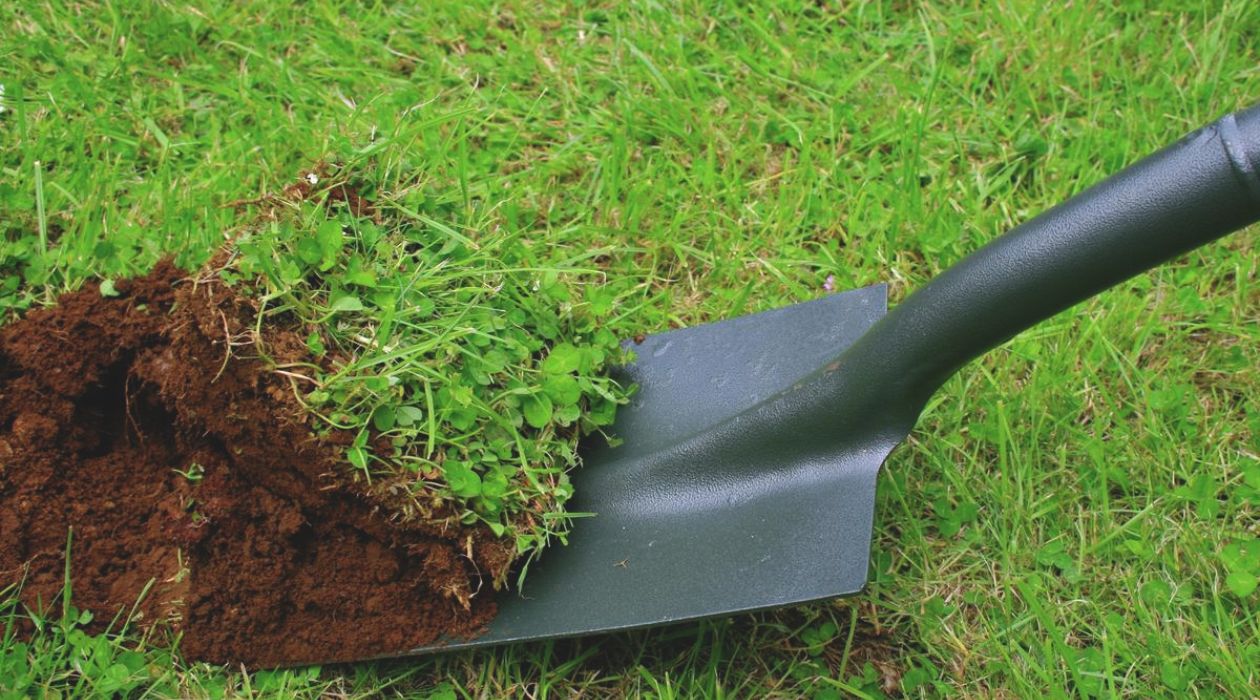
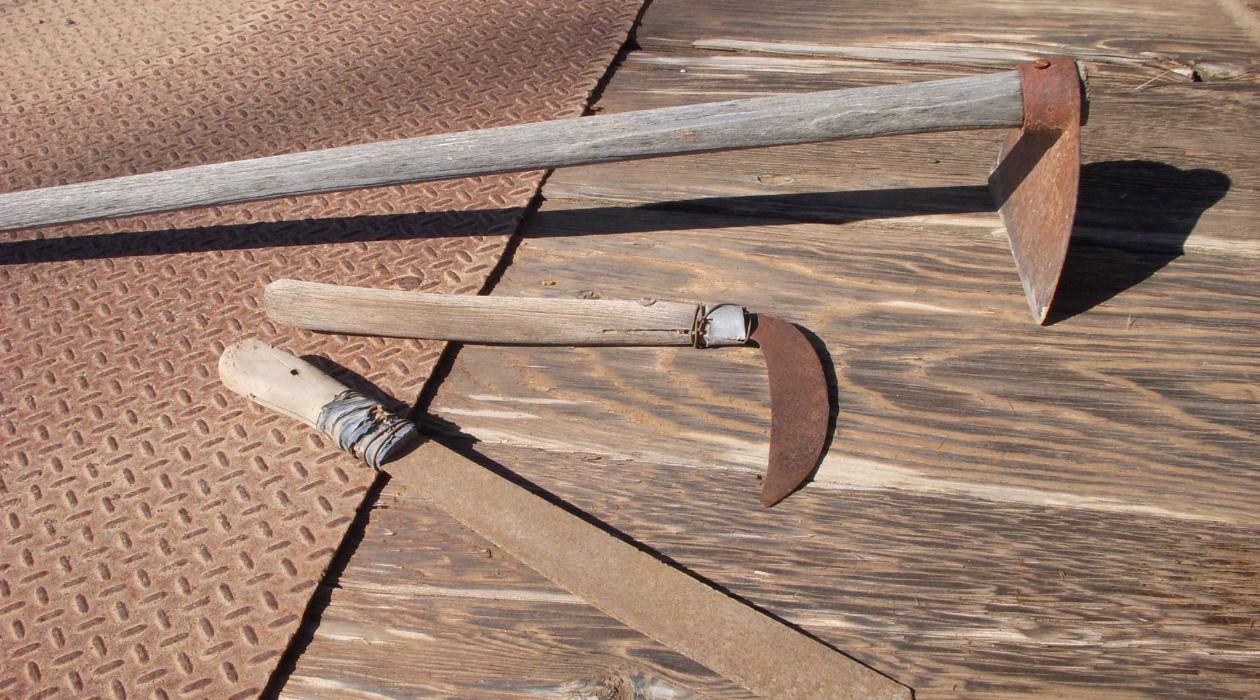
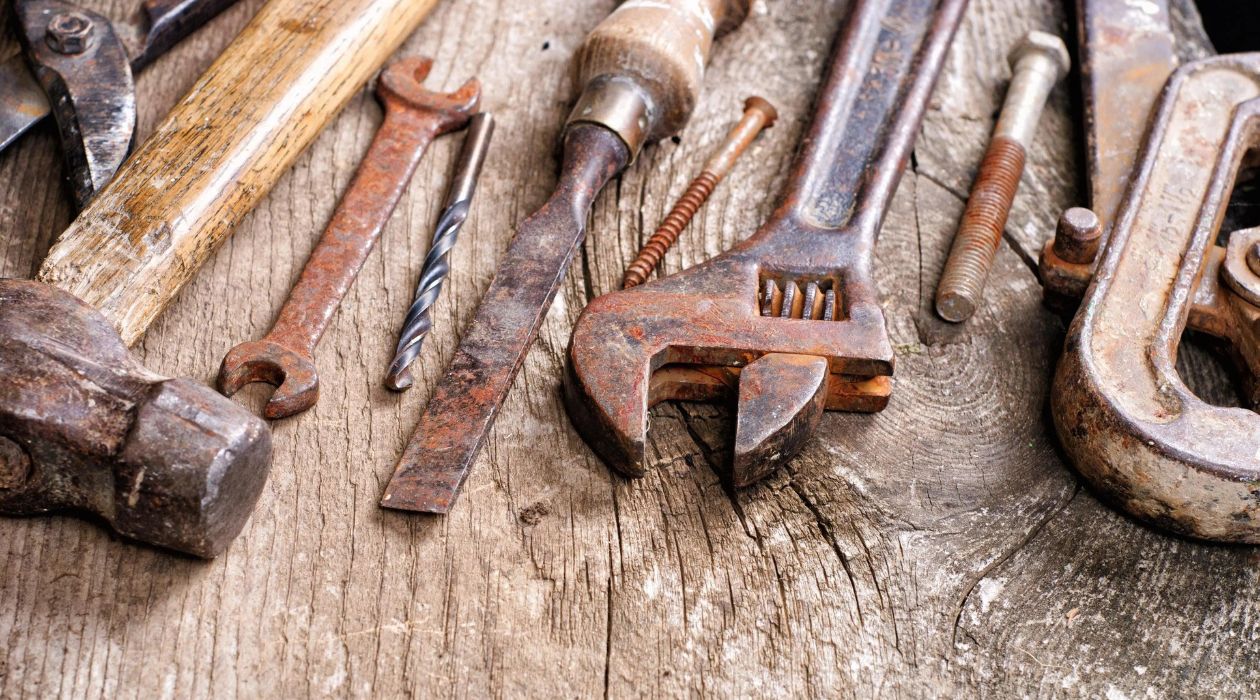

0 thoughts on “What Are The Best Hand Tools For Ac”